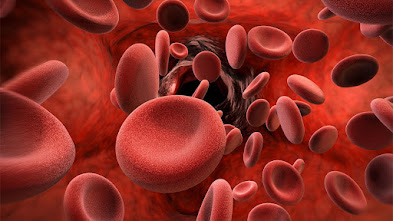Thalassemia Minor

Thalassemia minor is a heterozygous condition in which one of the two alleles carries a mutant gene sequence. The carrier of beta-thalassemia minor does not show the severe symptoms of beta-thalassemia. However, if a beta-thalassemia carrier individual marries a thalassemia carrier woman, there is a 25% chance to transfer the disease to their offspring. Screening of beta-thalassemia minor Carriers of beta-thalassemia may experience milder anemia and have fewer RBCs as compared to non-carrier individuals. In order to decrease the incidence of beta-thalassemia major, carriers must be screened for beta-thalassemia traits before marriage. Carrier counseling should be recommended to married couples to overcome the higher incidence of beta-thalassemia. There are different types of screening programs implemented at the national level including pre-marital screening, antenatal screening, and prenatal screening to control the rapidly increasing prevalence of beta-thalassemia. The pr...

